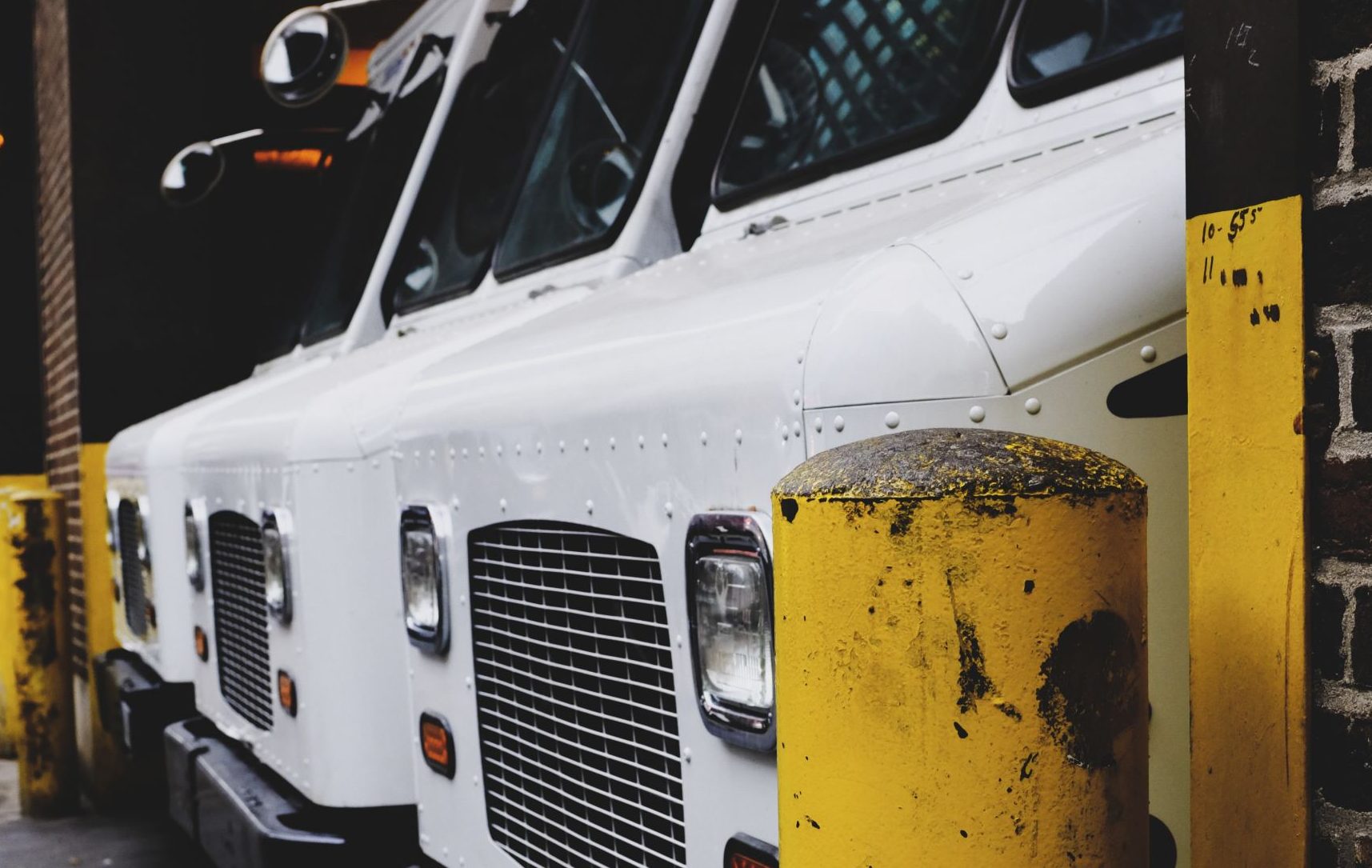VAT: Rules on supply and installation

Typically, the supply of goods with installation services is treated as a single transaction subject to VAT in the country where the goods are installed or assembled. This generally triggers an obligation to register for VAT under the EU VAT Directive.
However, most EU members now offer exemptions under the VAT reverse charge/tax shift rules, or provide some sort of threshold, so VAT registration in that country by a foreign supplier is rarely required.
The issue
If a business has a contract to supply installed goods for a customer – the key point here being that title passes on the goods after they have been installed – the place of supply for VAT purposes will be where the goods have been installed, in this case the VATA 1994 s7(3)(a) refers). This means that where the supply and installation takes place in the UK, businesses have to register for VAT in the UK and charge UK VAT on the supply.
Common examples include the supplier of a production line installing it in the customer’s factory, the supply of a bio digester installed on a farm and attached to a feeder unit, and the supply and installation of a luggage carousel at a local airport.
Under EC law there is a simplification for businesses established in other EC member states. Under this simplification the customer can account for the VAT on the supplier’s behalf by treating it as an acquisition in the UK. The customer would account for acquisition VAT in Box 2 of the VAT return and claim it back again in Box 4 of the same return. The net effect of this is nil (provided the business is a fully taxable business) so it has no adverse effect for the customer and the supplier does not need to register for VAT in the UK.
What does the supplier need to do?
An EU supplier doing a supply and install in the UK may use the simplified procedure provided –
- their customer is registered for VAT in the UK;
- they are registered for VAT in another EU member state; and
- they are not required to be registered in the UK for any other reason.
If the supplier opts for this procedure, then the customer must account for the VAT on the supplier’s behalf. If an EU supplier wishes to take advantage of the simplification and avoid registering for VAT in the UK they have to notify HMRC.
The notification must include:
- the supplier’s name and address;
- their VAT number; the date the installation or assembly began or will begin; and
- the name, address and VAT number of the UK customer.
The notification has to be sent no later than the issuing of the first invoice relating to the supply. HMRC previously took a lenient view of this requirement but now imposes it strictly. If the notification is late then HMRC will make the EU business register and pay VAT in the UK.
It is quite common for an EU business to engage a UK sub-contractor to install a product on their behalf. If this involves the item becoming permanently installed in the UK, the EU supplier will be charged UK VAT. If the simplification process is used, then any additional VAT costs incurred in carrying out the supply (e.g. tools, hotels, meals etc.) can be reclaimed using the EU Refund procedure. If the supplier does not notify in time (or at all as sometimes happens) HMRC may disallow the claim for simplified procedure treatment and force a belated VAT registration, complete with penalties.
The following member states are known to permit the use of the reverse charge:
- Denmark – only pieces of equipment, assembly lines, etc., treated as a building and registration required,
- Finland – although registration is required if the installation takes more than 9 months,
- Germany,
- France,
- Italy,
- Netherlands,
- Spain and
- UK
In addition, Portugal has no penalties for non-registration and in the absence of registration, requires the customer to account for the reverse charge if it is taxable entity.
There is also a more limited simplification arrangement for installed or assembled goods imported from a third country. Provided it is a one-off supply, the supplier can treat the supply as taking place outside the UK – this really is a once only exception. If this is the case the customer is required to account for the import of the goods and the full contract price, including the service element must be declared on the import entry.
It is important to note that these rules only apply to the supply and installation or assembling of goods. The construction of a building, for example, will always be determined by the location of the land - when that is the UK or any other EC member state then VAT registration will be required in that country.



